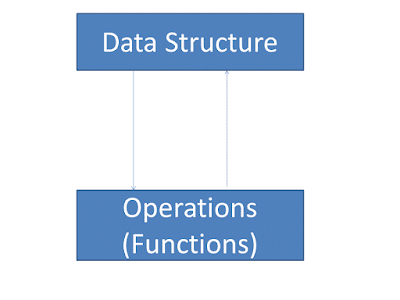Most Popular OOP languages
Every Programming methodology emphasizes on some new concepts in programming. In oop programming, the attention is focused on objets, In thes, data do not flow around a system; it is the messages that move around the system. By sending messages, the clients request objects to perform operations. The kinds of services the objects can provide are known to the clients. This, basically, represents the client-server model, where the client calls on a server, which performs some service and sends the result back to the client. The client must know the interface of the server , but the server need not know the interfaces of the clients, because all the interactions are initiated by clients using the server's interface. * Pure Object-Oriented Languages ** Object-Based languages Other are extended conventional languages


